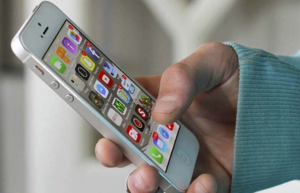Malware, or malicious software, remains one of the serious cybersecurity threats for businesses. Contrary to popular belief, small businesses are at equal risk of being attacked by hackers, who often rely on various kinds of malware. Common malware types include trojan horse, worms, viruses, adware, spyware, and ransomware. Ransomware and trojan horse are more common, but in many cases, hackers may infect the system with malware like adware or spyware, which may then cause a ransomware attack.
This brings us to the question – Is it possible to prevent a malware attack? Experts agree that some basic security measures can go a long way in identifying malware and preventing a breach. Some of the best steps are listed below –
- Update everything regularly. “Everything” here refers to software, firmware, operating systems, browsers, plug-ins and other apps. Manufacturers are constantly trying to find and fix security vulnerabilities and flaws, and latest versions of firmware and software are released to offer these updates. Ensure that updates are done as soon as available.
- Guide employees on social engineering. Hackers often rely on social engineering to gain access to systems, or for launching malware attacks. Ensure that you train your employees about basic aspects, such as safe browsing practices, or finding phishing emails. It is important that no one downloads anything on networked devices, from any untrusted or unknown source.
- Practice password protection. There are standard rules for creating and managing passwords. Firstly, all default passwords must be changed immediately after a device/software has been deployed. Next, it must be ensured that all passwords are strong – must have special characters, numbers, uppercase & lowercase letters, and so on.
- Try network segmentation. Being proactive about cybersecurity also means managing incidents, if one occurs. To ensure that the entire system is not affected or infected by malware or adware, go for network segmentation. This creates subnetworks, so compromise on one doesn’t impact others.
- Use firewalls and antimalware software. Placing networked devices behind firewalls is an important step. Firewalls work as a gatekeeper and prevents unnecessary attempts to infect a system, while antimalware and antivirus software can prevent malware attacks effectively. Select software products that you can rely on and are meant for business use.
From creating strong passwords to having a clear incident response plan, basic cybersecurity steps are critical for keeping hackers at a distance. Focus on malware types and how these malware products can affect your company in particular.




